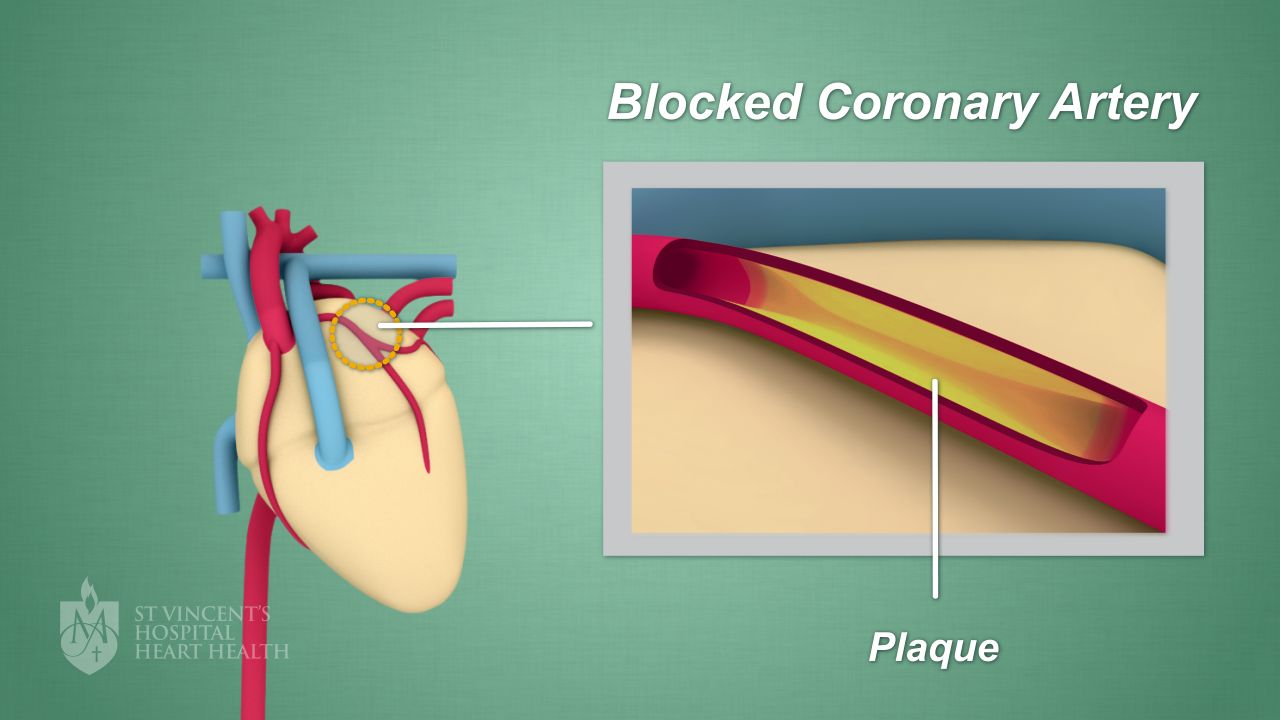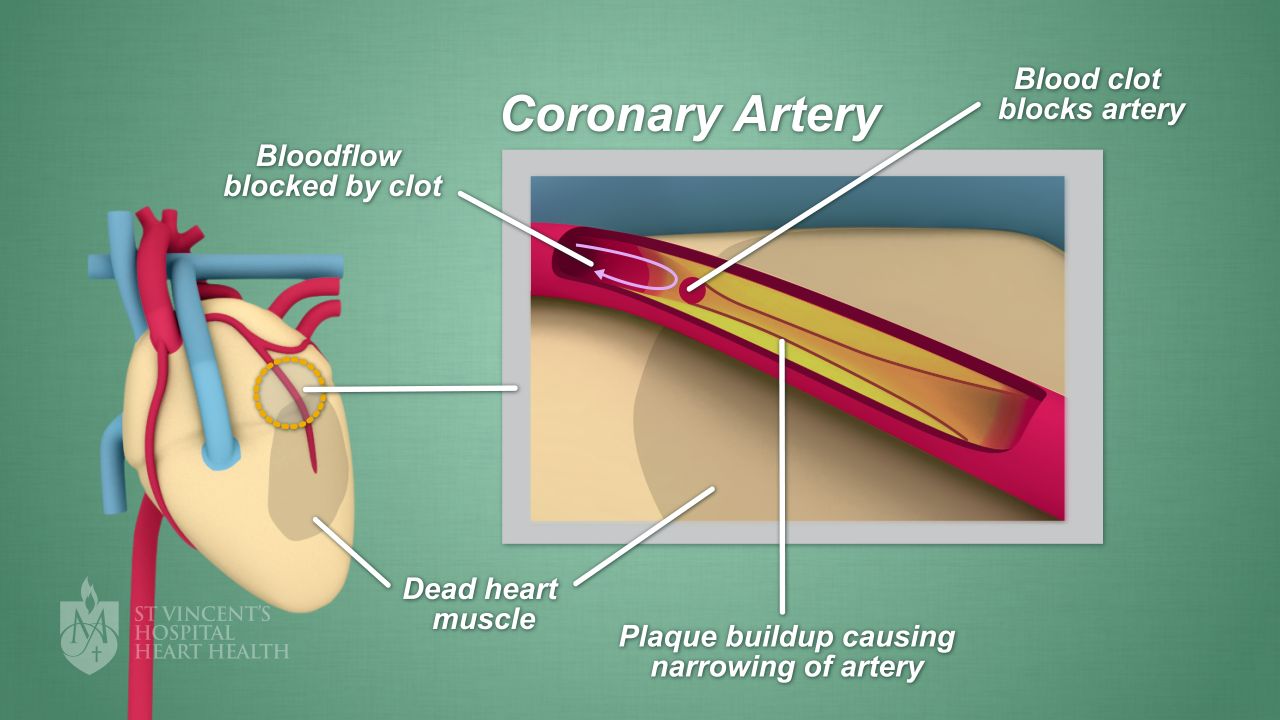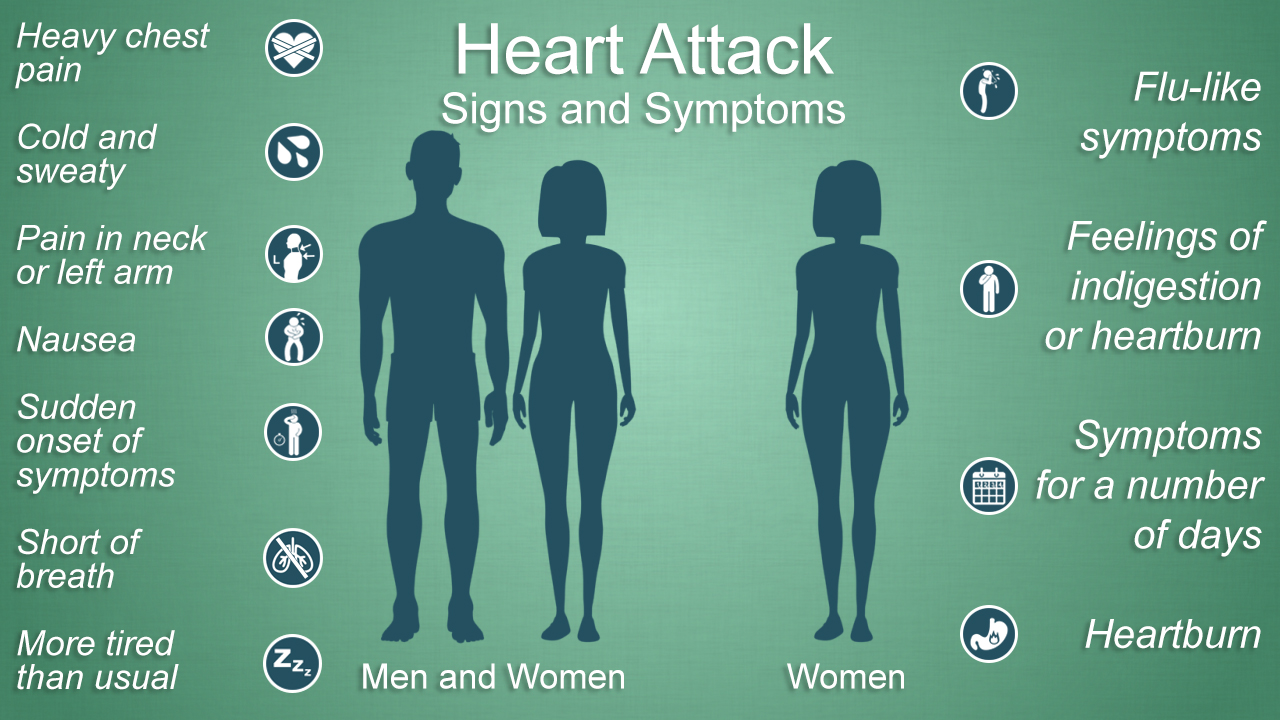Coronary Artery Disease - "Heart Disease"
If you have coronary artery disease, a waxy substance called plaque has built up inside your coronary arteries. Plaque causes your arteries to become hard and narrow, which reduces the blood flow to your heart.
What are coronary arteries?
What is coronary artery disease?
What are the causes of coronary artery disease?
What are the signs and symptoms of coronary artery disease?
What are the possible tests and procedures for coronary artery disease?
What are the possible treatments for coronary artery disease?
What is the future plan if you have coronary artery disease?
What are coronary arteries?
Coronary arteries are blood vessels that sit on the surface of your heart. They play a very important role in supplying your heart with the blood it needs to function.
This image below shows the coronary arteries on the heart.

What is coronary artery disease?
If you have coronary artery disease, a waxy substance called plaque has built up inside your coronary arteries. Plaque causes your arteries to become hard and narrow, which reduces the blood flow to your heart. As a result, you might experience chest pain or discomfort, called angina.
This image below shows coronary artery disease.

Plaque can also cause blood clots which may lead to a heart attack.
This image below shows what happens during a heart attack.

If you’ve been diagnosed with coronary artery disease, you’re not alone. Heart disease is estimated to affect one in every six Australians. Fortunately, there are many steps you can take to reduce your risk of future complications.
What are the causes of coronary artery disease?
Some people have a higher chance of developing coronary artery disease than others. This could be due to their family history, age or lifestyle. There are also certain factors that increase your risk of developing coronary artery disease.
The table below outlines some of the main risk factors.
|
Modifiable Risk Factors
(Can Be Changed)
|
Non-Modifiable Risk Factors
(Cannot Be Changed)
|
|
Smoking
|
Male aged over 45
|
|
High cholesterol
|
Female aged over 55
|
|
High blood pressure
|
Family history
|
|
Diabetes
|
|
|
Physical Inactivity
|
|
|
Overweight
|
|
|
Depression
|
|
|
Social Isolation
|
|
To learn more about your risk factors and how to manage them, watch this video
Below, you can watch a video to learn more about risk factors for coronary artery disease such as:
What are the signs and symptoms of coronary artery disease?
The signs and symptoms of coronary artery disease only develop when a significant amount of plaque has built up over many years. You may not experience any symptoms if the disease is in early stages.
The image below shows the common heart attack symptoms for men and women.

Be mindful that not everyone’s symptoms are the same. If you’re experiencing any of the symptoms listed in the diagram above, speak to your doctor. If you believe you are experiencing symptoms of heart attack, follow the Heart Foundation’s Heart Attack Action Plan.
What are the possible tests and procedures for coronary artery disease?
There are many tests that can diagnose and treat coronary artery disease, including:
What are the possible treatments for coronary artery disease?
While coronary artery disease can’t be cured, there are treatments that can help you manage your symptoms and live a healthier life. Some of the treatments your doctor might recommend include:
- Lifestyle changes - quitting smoking, exercising regularly and maintaining a healthy diet. You can learn more about this here.
- Medications - watch a video from our pharmacist
- Coronary angioplasty and stenting - learn more about this procedure here
- Coronary bypass surgery - find out more here
What is the future plan if you have coronary artery disease?
If you have been diagnosed with coronary artery disease, don’t panic. With the right treatment, most people are able to live full, active lives - and we can help you to better understand how to do this.
Firstly, it’s important to stay in regular contact with your healthcare professional team. Follow the treatment and medication plan your doctor has given you. If you’re unsure of this or have any questions, speak to your doctor.
Cardiac rehabilitation will help you to learn how you can stay healthy, feel more confident managing your disease and reduce the chance of things getting worse. Find out more about how cardiac rehabilitation can benefit you.
Remember: while there is no cure for coronary artery disease, with the help of your doctor and healthcare professional team you can reduce your risk of complications, manage your symptoms, and live a healthier life.